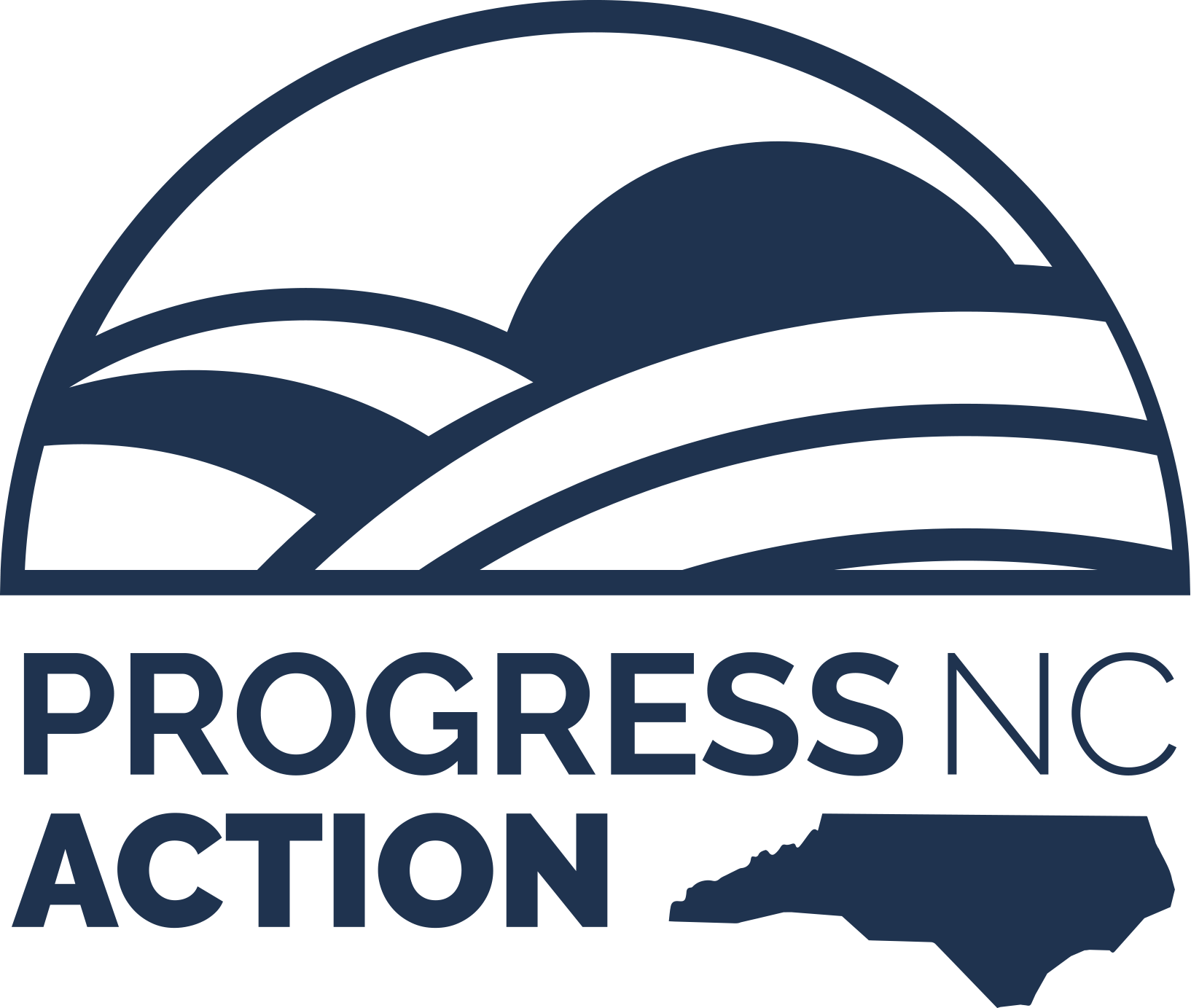Flooding the Zone
During a 2018 interview, Steve Bannon infamously described the Trump administration’s approach to policymaking as a sort of intentional chaos.
“The Democrats don’t matter,” Bannon said. “The real opposition is the media. And the way to deal with them is to flood the zone with shit.”
“This is not about persuasion: This is about disorientation.”
The opening days of Trump 2.0 have been a disorienting flood of executive actions and memos. Trump set a record (by far) among all US presidents for signing 38 executive orders in less than two weeks.
Many of the orders have caused serious issues. The Pentagon misinterpreted Trump’s order on diversity, equity, and inclusion, causing delays on new contracts and resulting in the Army needing to halt all deals for new weapons.
Secretary of State Marco Rubio had to issue a humanitarian aid waiver to ensure that life saving aid would not be cut off to foreign allies in the wake of Trump’s federal funding freeze.
The freeze also caused Medicaid portals in all 50 states to shut down, creating mass confusion and anxiety for the tens of millions of Americans who receive health care through the system.
And in North Carolina, leaders were left wondering what the freeze could mean for the billions in Hurricane Helene aid and NIH funding that drives the state’s research economy.
Last year, North Carolina received $32.6 billion in federal funding, including more than $3 billion in federal disaster relief to support communities impacted by Hurricane Helene. That figure doesn’t include the billions in federal grants and loans that boost the private sector, providing critical funding to hospitals, private universities, and North Carolina businesses — particularly those depending on loans to survive the Helene recovery.
The White House eventually rescinded the federal funding freeze, but Trump’s approval rating has already taken a hit. Regardless, the policy blitz strategy is likely to continue. The purpose of flooding the zone is to overwhelm the opposition, to place them under pressure, to leave them stunned and vulnerable.
How do you prepare for a flood? You assemble an emergency kit, create a communication plan, clear the debris in your gutters, and elevate your valuables to safety.
What do you and your organization need to keep in your emergency kit? What’s your communication plan? What debris is keeping your systems from working as they should? What values and priorities do you need to protect above all else?
Like all floods, Trump’s second term will be overwhelming. It will also be temporary. We need to remain clear-headed and prepared. Too many lives are at stake.
Sample Policy Emergency Kit
- National News & Analysis: ProPublica, Reuters, AP News
- Policy Impact: Brennan Center, Brookings Institution, Kaiser Family Foundation
- State & Local Policy Tracker: National Conference of State Legislatures
- Understand Your Rights: ACLU, Southern Poverty Law Center

